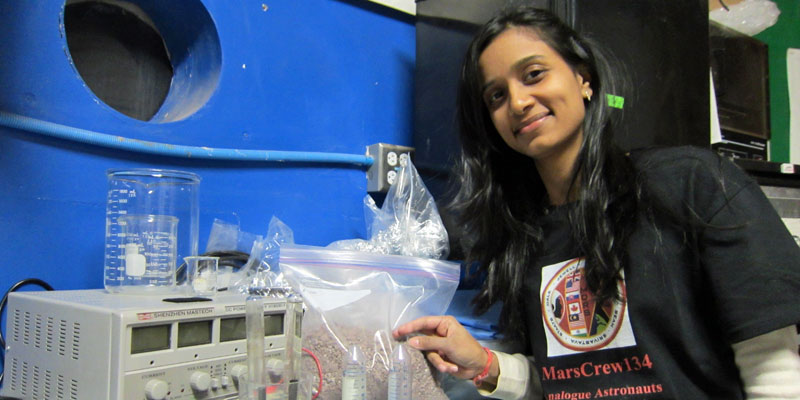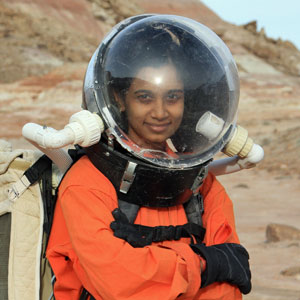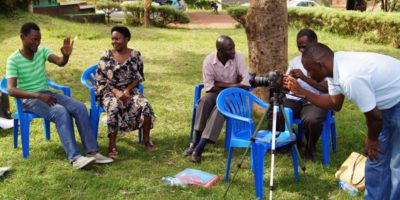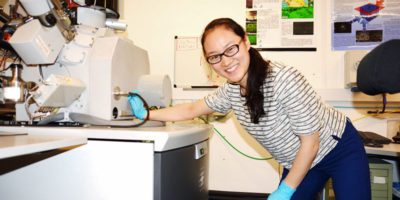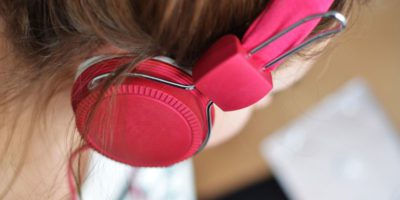Vibha Srivastava is an aeronautical engineer and Ph.D. researcher in space architecture at the Open University. She is currently working on ‘Investigation of Extra-terrestrial Construction Processes using Additive Manufacturing Techniques’. Prior to this, Vibha worked in the Aerodynamics Department of Hindustan Aeronautics Limited in Bengaluru, India, completed her Master’s programme at the International Space University in France, and also worked as an intern at the NASA Ames Research Center in California’s Silicon Valley.
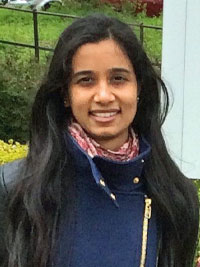
Vibha spoke at the Milton Keynes Soapbox Science event that took place on Saturday 9th July 2016. She talked about: “3D printing on the Moon: Microwave processing of lunar soil.”
My international path from stargazer to space scientist
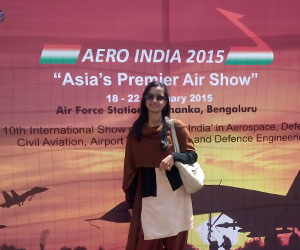
My passion to get in to the space sector and the ambition to be an astronaut did not die out even after getting well-settled prestigious job in my country. I took a year of sabbatical leave and pursued an M.Sc. in Space Studies from the International Space University in France.
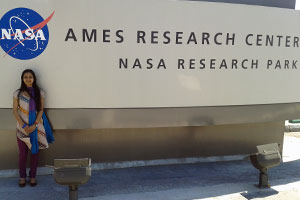
After such a thrilling experience, my urge to work further in the field of in-situ resource utilisation made me look for a Ph.D. position in this field. I came across the advertisement for a PhD opportunity at The Open University, applied for it and here I am.
3D printing structures on the Moon – how we might just make it a reality
I am currently in my first year of Ph.D. and going through a literature review to understand the concept of 3D printing techniques. I’m identifying the gaps and challenges in this field for construction processes using the in-situ lunar soil in the extreme environments on the Moon.
My Soapbox Science talk will be about the 3D printing techniques on the Moon for construction of infrastructure using the lunar soil for human habitation. It is important because if the local resources on the surface of Moon can be utilised to construct structures, it will cut down the cost of expensive missions to Moon by reducing the payload mass for human expansion on lunar surface.
I am investigating the microwave processing of the lunar soil for construction on the lunar surface. I will talk about the 3D printing used in terrestrial applications and focus on how researchers think that using the microwave as a heat source, the lunar soil can be bonded layer by layer to construct a structure. I will also briefly explain the lunar geology and the composition of lunar soil which makes it an ideal feedstock for construction.
I am about to start experiments to heat a lunar soil simulant under microwave energy to understand how effectively it heats the lunar soil simulant, and also how the absorption of microwave energy is dependent on the properties of the lunar soil simulant.
Getting the pitch just right and not out-of this world
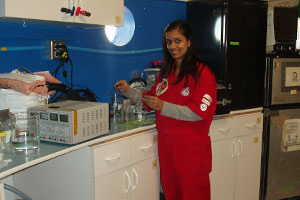
Presenting at Soapbox Science will be a completely new experience for me. I have given public talks before but this is one of a kind. The audience could be a small child, a teenager, an adult or an older person. They also can be someone with an expert knowledge about my subject or someone with no knowledge at all so I need to be prepared for everyone.
I will practice my talk in front of my peers and seniors to get their feedback and improve upon it. I might see if I can use some props to engage kids to explain the basic construction technique, but I’m still deciding on these.
Outreach events like Soapbox Science offer a platform to connect to general public and convey them what research is going on in various fields of science. For me, it is important as it provides an opportunity to inspire the young minds by explaining to them how my research can impact our future. It also helps to show the tremendous potential of today’s women in every field of life including space exploration.
Talent more favoured than gender
Wherever I worked, I enjoyed it because my talent was valued more than my gender. However, it is true that there are not many women working in the field of aviation in India. We have always been less in number than men, but we have been valued by our seniors as equally as men.
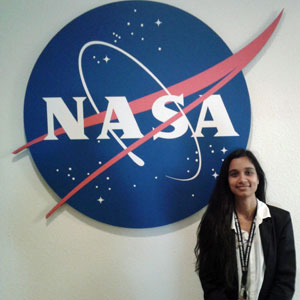
My personal feeling is, at most of the places where there is gender inequality, females are discouraged when they choose to go into higher education. Every human has a unique capability and must be encouraged to enhance their capabilities if they are willing and deserving irrespective of their gender. A contribution from a potential candidate is a contribution to the future of science and a better life for everyone on our planet.
Our dreams and our commitment to those dreams, not gender, define our capability
Young women and girls should go into whatever area of science they feel passionately about. They should do what they like to do and must believe in what they choose to do. It is always important to remember that it is not the gender that defines our capability but our dreams and our commitment to those dreams that define our capability. So see big 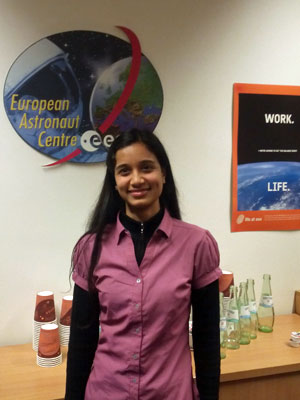
Coming to a lab near you soon…
I will be setting up my lab soon in my university and will start experiments to heat the lunar simulant under microwave energy to understand the phenomenon of microwave processing of lunar simulant and its dependence on various factors like density, mineral composition and other properties of the simulant soil sample.
https://www.linkedin.com/in/vibha-srivastava-66021048
https://twitter.com/vibhastars

